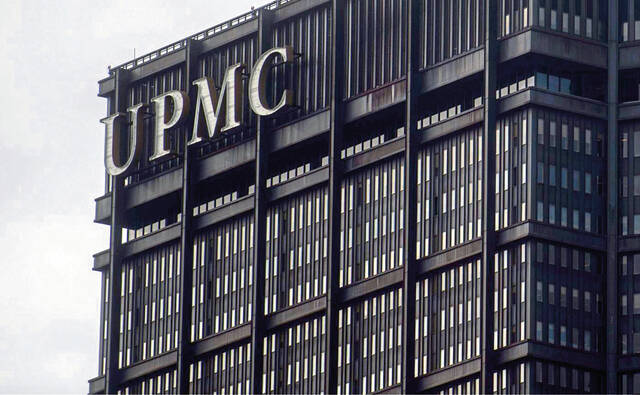Editorial: What is the cost of UPMC's minimum wage hike?
UPMC is raising its minimum wage to $18 per hour.
That speaks to a lot happening in the Pennsylvania economy.
The need to fill jobs that keep businesses functioning has been a major theme for three years. It is bad enough when restaurants and retailers struggle to keep the doors open — not because of a lack of clientele but because of a lack of people to serve them. When it happens at a hospital, it can be a life-or-death problem.
People need to resist the urge to shrug that off as hyperbole. How can a minimum wage job be that important just because it’s at a hospital? The cleanliness of any medical facility is critical, yet those who keep the building clean can be among the lowest-paid employees.
Higher pay is the easiest way to attract applicants. Raising the pay rate based on the health system’s own supply-and-demand observations makes sense.
It is a situation hospitals in general and UPMC in particular have been facing for years. The coronavirus pandemic and the economic climate have just exacerbated it. UPMC and Allegheny Health Network are at $15 an hour for starting employees right now, a move UPMC began in 2016.
This kind of employer-led movement is harder to rail against than the more political pushes to increase minimum wage. Gov. Tom Wolf advocated for an increase to $15 an hour by 2028, with opponents calling it unrealistic. Meanwhile, PNC announced a move to $18 an hour in 2021. For many convenience stores, pharmacies and others, $15 an hour is becoming common for starting pay.
The move could have the same overall effect as moving the state’s floor, which has been set at the federal minimum of $7.25 an hour for years. Other companies that don’t want to lose workers to UPMC, one of the state’s biggest employers, could feel pressure to follow suit or resign themselves to perpetually unfilled positions.
But the increase might sound better than it will feel at this point.
First, it won’t be happening quickly. UPMC’s plan is to move its Pittsburgh, Harrisburg and Williamsport workers to that number by 2025, while other employees in Pennsylvania, Maryland and New York would take until 2026 to get there. Thursday’s announcement is just the first step in a three-year journey.
On top of that, there is the ever-present specter of inflation. Bumping up paychecks is great, but by the time that $3 pay raise is fully in play, will it really be a raise?
Remove the ads from your TribLIVE reading experience but still support the journalists who create the content with TribLIVE Ad-Free.

